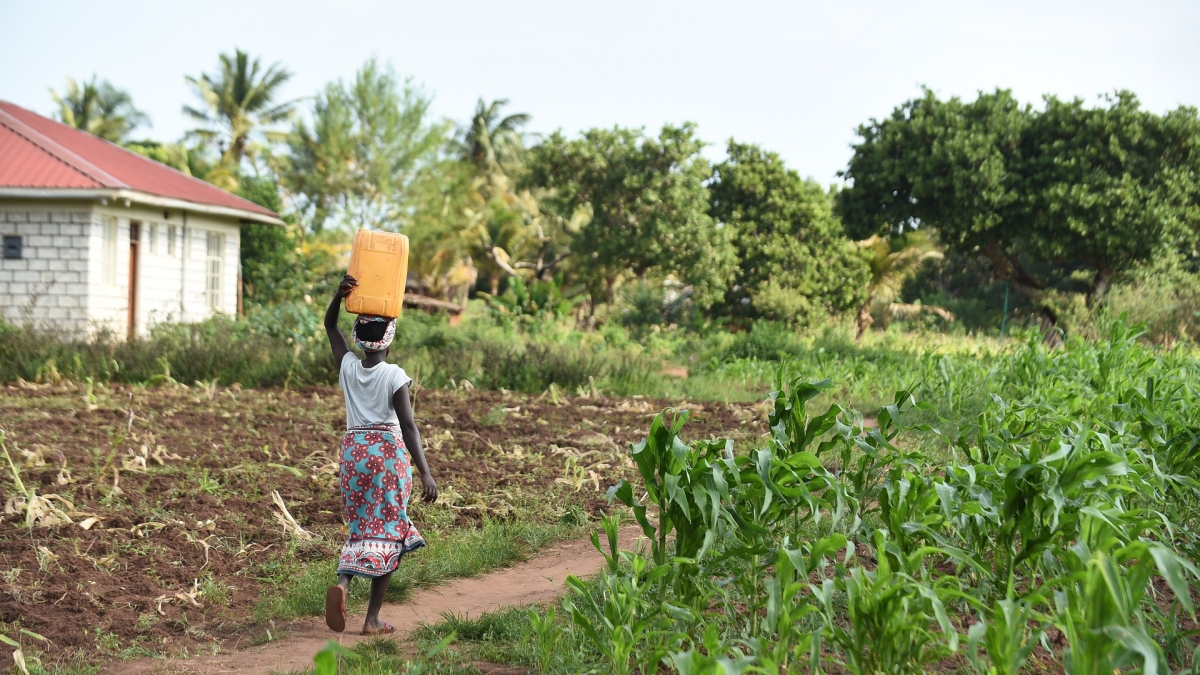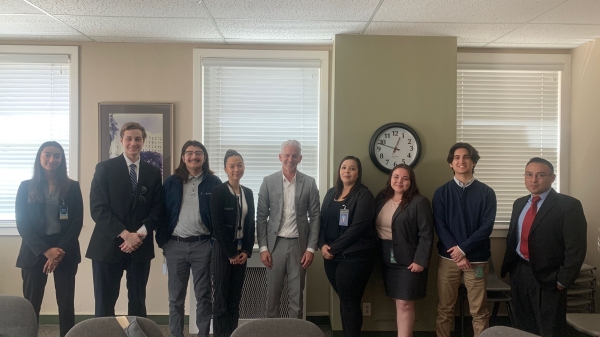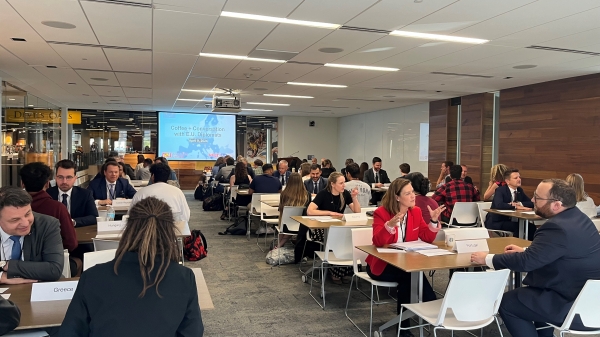How the rise in youth populations is affecting rural Africa
ASU expert shares research on suggested next steps for African policymakers

Photo from Pixabay
Record population growth is causing concerns among African governments for widespread youth unemployment in the coming years, especially in rural areas where poverty is high, employment opportunities are low and the temptation of migrating to the big city is great. With that in mind, policymakers feel the burden of combating Africa’s youth bulge with new employment opportunities.
However, is this issue really a youth problem? A recent book by Arizona State University Assistant Professor Valerie Mueller and development economist James Thurlow takes a deeper look. "Youth and jobs in rural Africa: Beyond stylized facts" is available for open access on the International Food Policy Research Institute website.
Mueller, who is part of the School of Politics and Global Studies, spoke with ASU Now about a few takeaways from their research.
Question: How have other countries combated unemployed youth?
Answer: We show that when looking at countries who were at similar stages of economic development, Africa's youth bulge is not unprecedented. The difference is that many of these countries had targeted policies and development strategies, such as promoting an industrial sector, that absorbed much of the excess employment. They also were not subjected to increasing competition in the agricultural and manufacturing sectors that African countries face today.
Q: The book mentions that “youth are more likely to engage in rural nonfarm activities, but the level of off-farm employment remains low.” What are some ways that you think rural economies can grow, providing employment opportunities to youth populations?
A: Agriculture remains a promising outlet for youth employment in Africa. However, we need to think about how to move from a model of subsistence farming to commercial farming and strengthen value chains to provide products for emerging urban and global markets. A big point we try to make in the book is this problem is not specific to youth, but the overall adult population. The challenge here is to ensure that there is support for a number of complementary interventions to bolster these value chains, from the provision of reliable electricity to introducing technologies to store perishable items, as well as process and sell key agricultural commodities, e.g. canned tomatoes or frozen poultry.
Q: Do you believe Africa’s youth bulge should be cause for alarm or optimism?
A: What remains promising is that rural economies are slowly transforming on their own, however, the pace might not be sufficient to accommodate the growing demand for work. One of the main insights we learned from the Tanzania case study is that youth are more likely to be engaged in the rural nonfarm economy. However, when analyzing firm-level data, it becomes more clear that the firms run by youth are less productive than firms run by adults. Thus, we need to have a better understanding of how to alleviate the constraints youth face in building productive businesses. We also need a better understanding of why youth and adults do not aspire to expand their businesses and, hence, create more jobs.
Q: What should be the next step for African policy makers?
A: The overall development strategies proposed by development practitioners remain the same irrespective of the youth bulge. Governments need to implement a set of policies that inspire both a green revolution in Africa and bolster nascent service and industrial sectors. However, there is a clear overall lack of youth-targeting in many policies aimed to promote growth in rural economies. Inviting youth in policy dialogues as well as encouraging their involvement in organizations aimed to inspire more productive economic activities, such as producer organizations, cooperatives and NGOs, will be crucial.
More Local, national and global affairs

ASU class connects students with veterans
A brand-new class offered this spring through Arizona State University's School of Civic and Economic Thought and Leadership is…

ASU Sacramento Scholars learn about government through hands-on experience
Brian Lizarraga of Sacramento, California, is in his first year as an undergraduate at Arizona State University. Being an out-of…

EU delegation visits ASU with an eye toward collaboration on semiconductors
Arizona State University has attracted nationwide attention for its innovation related to the CHIPS and Science Act of 2022. Now…